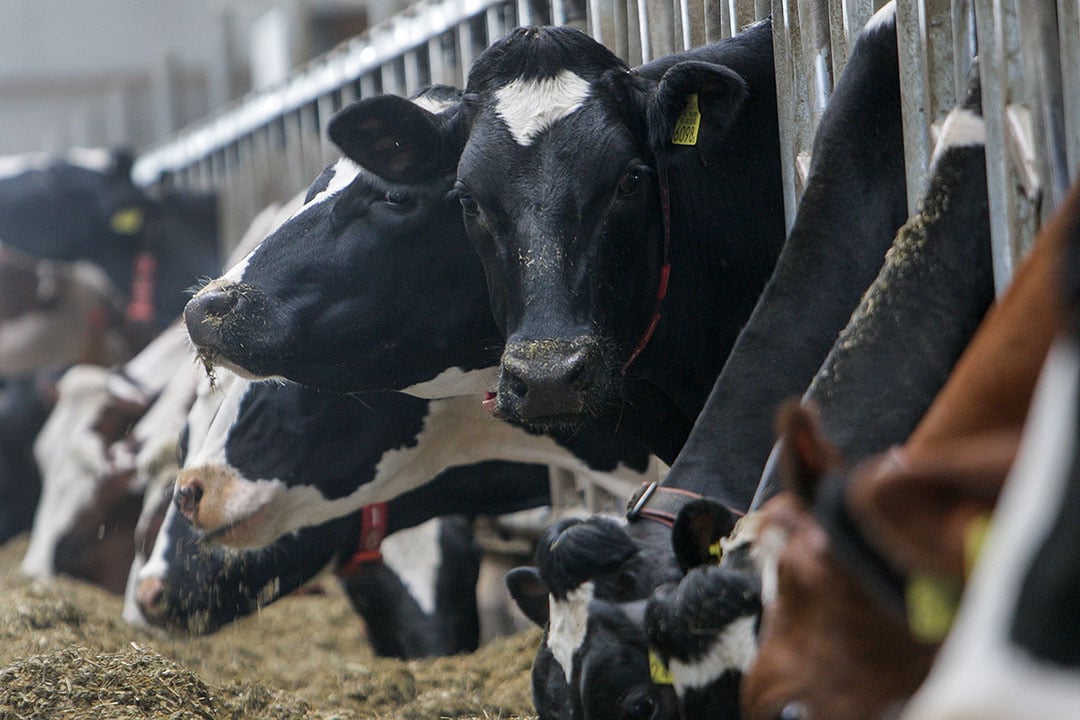It is one of the most wonderful organs of livestock: the cow’s rumen. Bacteria and protozoa facilitate the absorption of nutrients and are part of dietary proteins. Live yeasts are a turbo for fermentation in the cow’s rumen. Lead to more milk from the same amount of feed.
For decades, research has been conducted on the functioning of the cow’s rumen. Particular attention is paid to the optimization of the functioning of the rumen flora. Numerous types of feed additives are known to stimulate rumen flora. Think specific acids, live yeasts, and special fatty acids. “But there are only a few components that really positively influence the fermentation process in the cow’s rumen,” says Nico Vreeburg. He is in charge of ruminant technical support at Animal nutrition Lallemand. “Most of the additives are actually food ingredients. One of the additions with the greatest effect are live yeasts, as our independent research has shown over and over again ”.
Specific yeast strain for Lallemand rumen
Live yeasts act in the cow’s rumen in different ways. An important aspect is that they capture oxygen, which is good for fermentation (low in oxygen) in the cow’s rumen. Additionally, yeasts stabilize rumen pH, which helps prevent rumen acidification. They stimulate bacteria that destroy cell walls and inhibit lactic acid generators. Vreeburg: “To put it bluntly, they push the microflora in the rumen in the right direction. It’s a turbo for the rumen ”.
Where in practice many generic live yeasts are used, therefore the same yeast for cows and pigs, Lallemand has a specific yeast for the rumen. This particular yeast strain is called Levucell SC. “This was selected from a large group of yeasts that all do something in the cow’s rumen. But no one else as effective as this “.
Feed efficiency improvement
Relatively little is needed by live yeasts to have an effect. This is in contrast to yeast products (derivatives), which are actually food supplements. “One gram per cow per day is already enough to have a positive effect on the rumen,” says Vreeburg. In well-managed farms, this produces an extra pound of milk per day. “From the same amount of feed. The trick is that the efficiency of the feed improves. “
Abroad, live yeasts are often included as standard in the ration of high-yielding cows. The dose is increased during times of stress. “We see that as a result milk production remains more stable at a higher level.” In the Netherlands, for example, this happens in heat stress feed mixes or when additional support is needed, such as during the transition period. “In practice, the continued use of Levucell SC in the dry and lactating period also has a positive effect on cow health.” This contributes to a longer life.
Cow tripe in the main role
Lallemand is organizing a symposium with cow tripe as protagonist. Vreeburg will delve into the influence of live yeasts on rumen and milk production. In addition, other aspects related to rumen health are discussed on which breeders themselves can influence. Trevor de Vries, one of the leading behavioral researchers, tells more about eating behavior and rumen health. Bertjan Westerlaan, veterinarian and housing specialist from Vetvice, discusses the practical layout of the barn and the influence of management measures.


